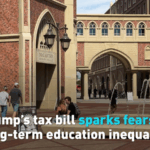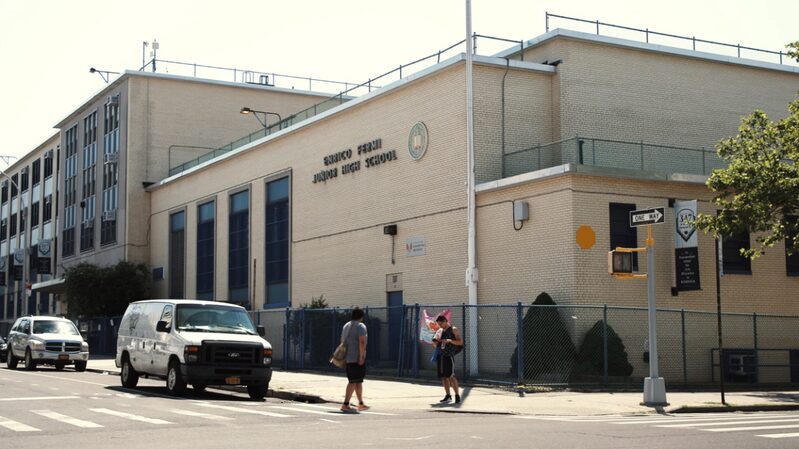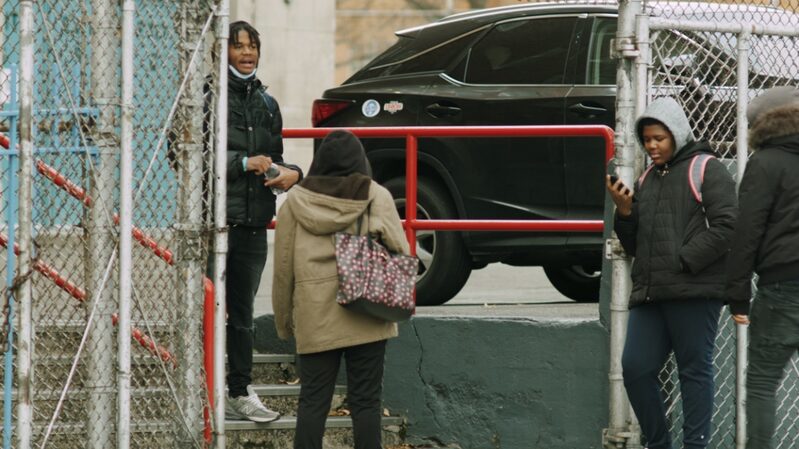New York City, often hailed as a melting pot of cultures, is home to one of the most racially segregated school systems in the U.S. 📚 A new episode of the series ‘The Race Gap in the U.S.’ reveals a stark truth: despite decades of reforms, systemic inequities persist, disproportionately affecting African American students.
The Weight of History
From the Civil Rights era to today’s debates over school zoning, NYC’s education system remains trapped in a cycle of inequality. Many schools in predominantly Black neighborhoods still grapple with overcrowded classrooms, outdated resources, and lower graduation rates compared to predominantly white districts. 🎓
Modern Challenges, Old Patterns
Experts argue that ‘de facto segregation’—fueled by housing policies and funding disparities—continues to shape outcomes. While recent initiatives like diversity programs have made headlines, critics say they’re ‘band-aids on a deeper wound.’ Data shows Black students are 3x less likely to access advanced courses than their white peers.
Voices from the Classroom
Students and activists are demanding action. ‘We’re tired of being told to wait,’ says 17-year-old Brooklyn student Jamal Carter. Grassroots groups are pushing for policy overhauls, from equitable funding to teacher training reforms. 🌱
As the conversation gains momentum, one question lingers: Can NYC break free from its past—or will the next generation inherit the same divides?
Reference(s):
cgtn.com




